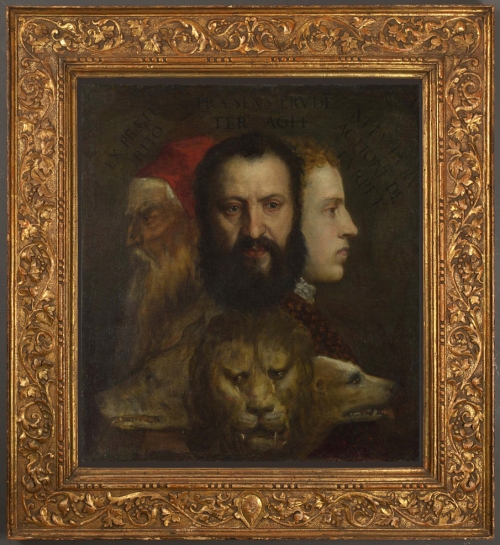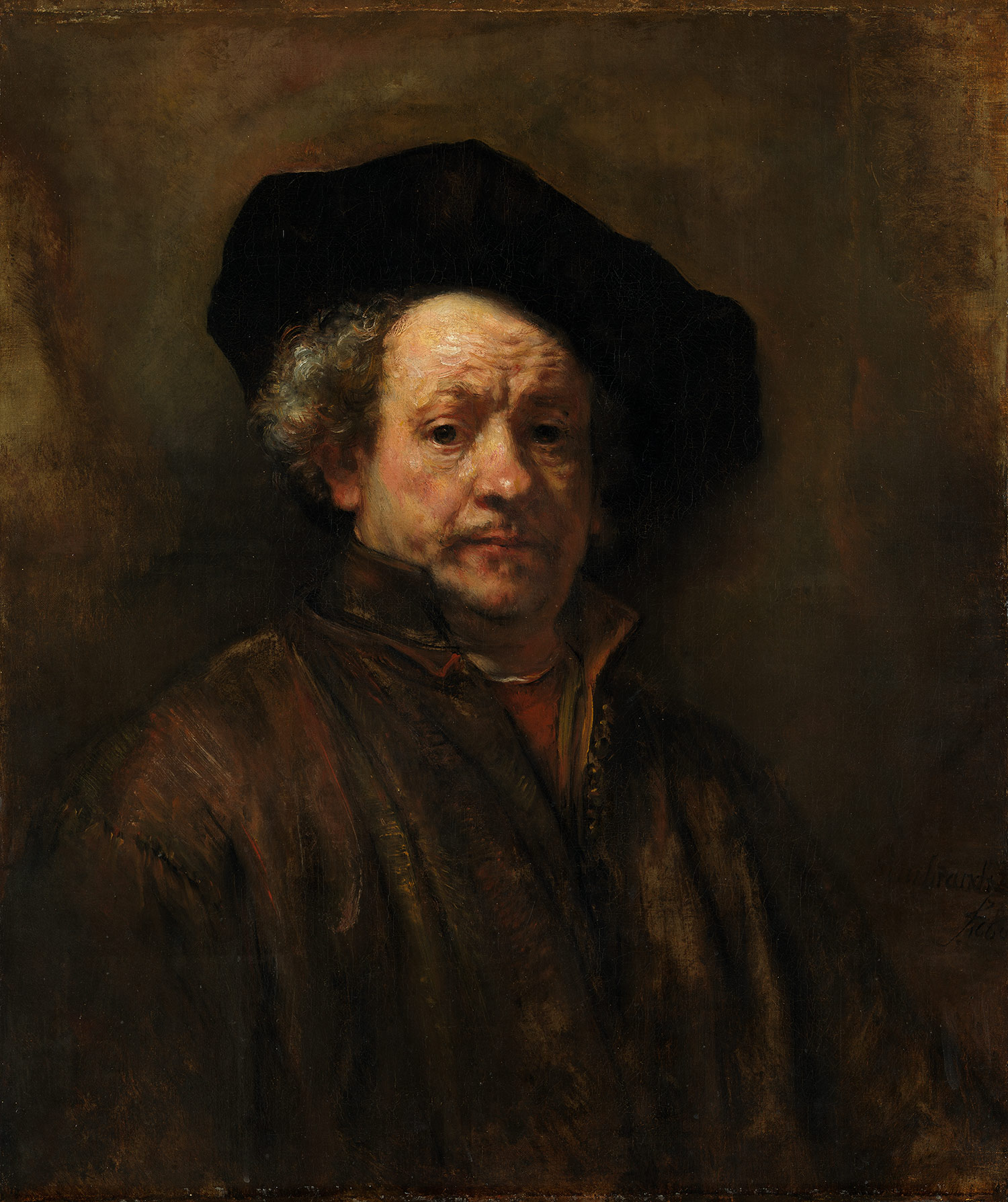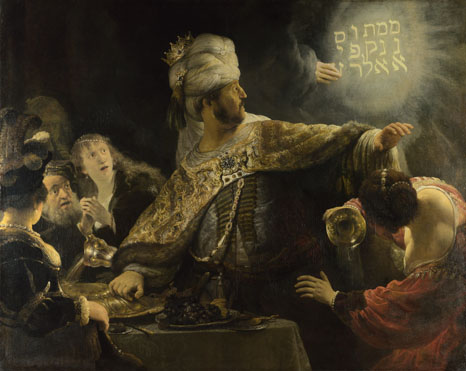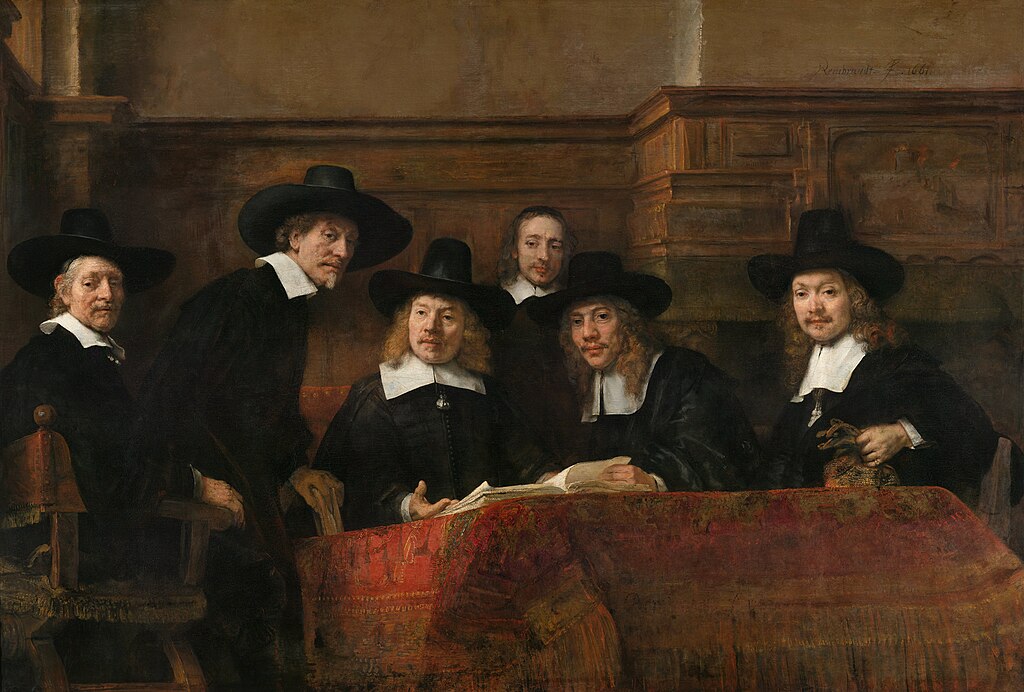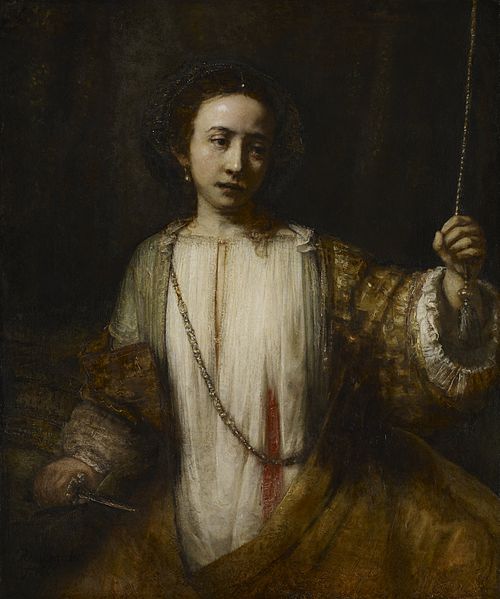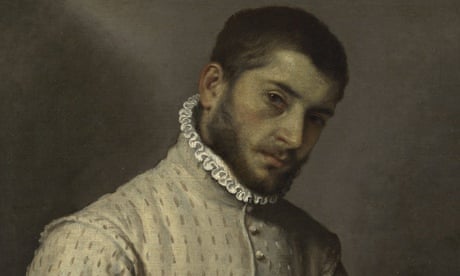 |
| Picture: Guardian |
Giovanni Battista Moroni Royal Academy London to 25 January 2015
A couple of pictures by Moroni are well known and well loved, especially the great Tailor in London's National Gallery (detail above). But he is still one of the less widely known sixteenth century Italian artists, partly because he worked outside the main artistic hubs like Venice and Rome. Vasari never made it that far north, so he was omitted from the classic Lives of the Artists, and his masterpieces are private portraits of middling sorts, craftsmen and minor nobles. He was rediscovered in England in the nineteenth century, where his portraits were enthusiastically and prolifically acquired by the National Gallery.
This superbly curated exhibition is an excellent overview of his artistic development, and of his artistic strengths and weaknesses. It's one of the most surprising, worthwhile and enjoyable exhibitions I've seen in ages. I'm immensely grateful to the curators and to the RA for standing against the current and putting on such a fine traditional exhibition. It's a straightforward chronological display with excellent wall text that explains his artistic development without talking to us like five year olds. The short catalogue has a full account of his life and critical reception, followed by brief entries for each exhibit. A small gripe is that I'd like to have seen fuller catalogue entries with provenance set out for each picture rather than occasionally mentioned in the narrative. And I always yearn for more information about condition, although for once I thought many of these pictures particularly finely preserved. I wonder if there's anything in Moroni's technique that caused them to survive so well. Nevertheless, a few pictures were somewhat abraded and the exhibition could have explained better the difference in appearance.
The scale feels just right; enough to give a full view of Moroni's output without wearing us down. There are some terrific masterpieces here and Moroni's best pictures are up there with the stars. But he was not an inventive artist, and I fear a larger show might have been wearying. It's quite astonishing just how similar his pictures are. Some of the earlier portraits have somewhat archaic ledges with inscriptions, which he wisely abandoned. But the later ones still follow a narrow range of types, such as the ladies sitting in Dantesca chairs against a grey background, pictured below. I didn't like these portraits; they seem somehow uncanny to me. The catalogue describes the pose as 'successful', but I can see Eastlake's point when he said the Lucia Albani Avogadro (right) was too 'unpleasant' for the NG, which still bought it later. At first sight I thought the anatomy of the legs was off, but on closer inspection I think it just seems that way because of the shape of the chair. I still find them a bit unnerving, with crisp contours against soft grey background and high vanishing point.
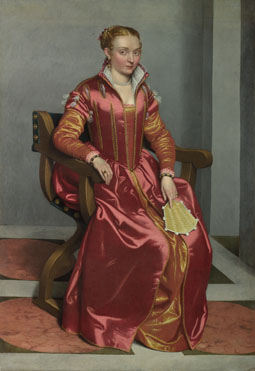
The more modest bust-length portraits often appealed to me more, like the splendid Lutheran Canon from Rotterdam and Carthusian Friar from Frankfurt. Some of the larger portraits seemed excessively repetitive, like these two men set against almost identical reversed architectural backdrops, which he repeated with variations again and again.


But in the final room we see the culmination of Moroni's steady development, in a sequence of terrific portraits including the NG's Tailor, the Giovanni Gerolamo Albani (below) from a private collection, which I'd never encountered before, and the Elderly Man Seated with a Book from Bergamo. These strikingly naturalistic portraits against neutral backgrounds seem more powerfully alive than many of the more conventional portraits of the period. I thought the publicity for the exhibition rather de trop, emphasising Moroni as precursor to Caravaggio and Manet rather than appreciating him in his own terms. In this last room I can see what they mean about anticipating the future, although the exhibition is more measured than the PR department. I thought the catalogue put it particularly well when it said, "Moroni's ability to imbue his subjects with [...] a convincing sense of individualism" means that "the portraits seem, nowadays, to be as much psychological depictions as they are representations of reality", speculating that the apparent psychological insight might be as much our projection as Moroni's genius.

The exhibition includes a selection of Moroni's religious paintings, but he was a forgettable religious artist. It's not that the works are bad, but they're derivative and have none of the thrill of his portraits. The landscape background to the early Gentleman in Contemplation of the Baptism of Christ misunderstands aerial perspective, jumping suddenly in tone. Landscape plays little part in his later work. And the comparison of his Trinity with Lorenzo Lotto's version that he adapted is most unfavourable to Moroni, but it should be remembered that it's a relatively early work. The late portraits are the main event. But there is an unfortunate desire to see exhibitions as an opportunity to rediscover lost masters rather than appreciate artists in their own terms. I came away with a better understanding of Moroni, but not a substantially new understanding. That is in no sense a failing of the show. Moroni was a fine artist who produced a handful of consummate masterpieces, but here we see him warts and all, as it should be. His furs are more anaemic than Titian's, his satins and velvets less spectacular than Veronese's, which are fresh in my mind from the NG's recent exhibition. His religious paintings are so-so and his powers of invention limited. But he left us a sequence of powerful and magnificent portraits that create an unforgettable impression. This exquisite show is a real treat.
The Idle Woman liked it too.
I've signed up as a 'friend' of the Royal Academy because I know I'll want to see both this and the forthcoming Rubens exhibition more than once, and I was interested to see the Kiefer show too. How right the NG was to call its scheme 'membership' rather than 'friendship'. I'm rather repulsed by the cloying marketing. "Welcome. You are now our Friend", says the welcome pack, introducing postcards from the collection with the line "Meet your Friends". Ugh. Thank you Royal Academy, but I really just want to save money on repeat admissions. Much as I admire Copley, I don't presume to call him my 'friend'.
I've also recently visited Late Turner: Painting Set Free (Tate Britain to 25 January) and Constable: The making of a master (V&A to 11 January). I wasn't inspired by either, perhaps because I've been to so very many Turner and Constable exhibitions. I preferred the recent Turner and the Sea at the National Maritime Museum, which had better loans from US collections that I know less well than the Tate's own encyclopaedic Turner collection. The chance to see some of the great late watercolours is worthwhile, especially the splendid Blue Rigi, but otherwise the best things are drawn from Tate Britain's own walls. This show also rekindled my dislike for Turner's Claude-inspired landscapes, which seem to me pale and frivolous reductions of Claude's classic originals.
The Constable show includes some of the old masters that inspired the man, including some that he copied directly. It's interesting to see two of his Ruisdael copies alongside the originals. Both seem quite faithful, but you can see how much the Philadelphia Ruisdael has deteriorated since Constable copied it. It's one of the John G. Johnson pictures, many of which were harshly cleaned after he left them to Philadelphia. Other juxtapositions fell flat; Constable's immature and feeble nocturne pales before Rubens's. They seemed to be trying hard to say something new about an artist who has been extensively exhibited already. Some nice pictures, but it didn't cohere as an exhibition.
And my Royal Academy friendship got me free entry to Anselm Kiefer, which I was interested to see. I'm cautious about reviewing modern art because so much of it is just alien to my sensitivities, and I realise that blinds me to relative worth. I still thought I might like Kiefer, but I just found it bombastic and pretentious. That might well be more a reflection on me than on him.
